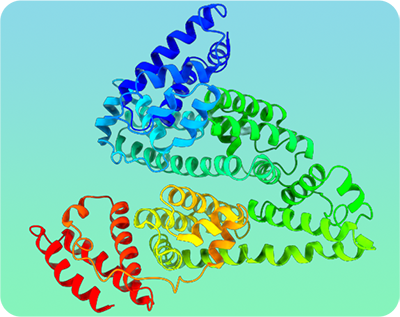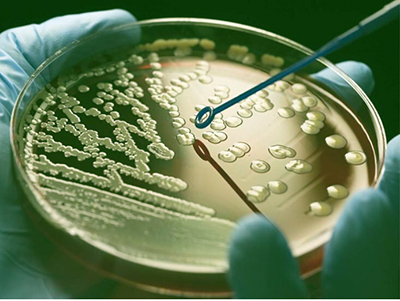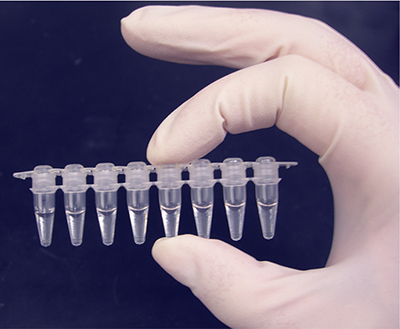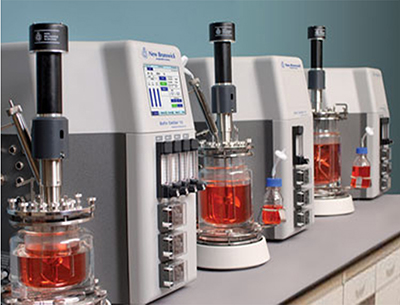Sustainable, Green, Reproducible
Our TechnologiesPowering the 21st Century Green Revolution
Powering the 21st Century Green Revolution
The specificity of antibodies and their affinity to a target is primarily based on selecting the best antigen within the target. If this step is wrongly done, the entire development will be wasted. This is why we take our time to get the antigen selection step right and to make sure the antibodies we develop are very specific to their target.

We use several Display Technologies in our laboratories to ensure that there is no protein target or application out of reach.
Display technologies link the antibody binding activity (Phenotype) to the DNA that encodes for the antibody (genotype). This allows the selection and identification of desired antibodies from libraries that range in the billions of different antibodies.

The DNA from the selected antibodies above are extracted, purified and pooled into a new DNA library. This DNA library undergoes gradient mutagenesis, where different levels of mutations are introduced. We use both random mutagenesis and site directed mutagenesis to achieve this.
In the random mutagenesis process, a low fidelity polymerase is used in a buffer that reduces the polymerase fidelity further. The composition of the buffer can control the level of fidelity of the polymerase, and by amplifying the DNA a gradient of random mutations can be achieved.
In the site-directed mutagenesis process, random mutations are introduced computationally in primers spanning the entire antibody binding region. These primers are used to amplify different part of the DNA, which are then joined up in a final over-lap extension PCR step.

Successful antibody clones coming out of the Affinity Maturation stage are finally cloned into our proprietary expression systems and pooled together to make a final multi-clonal antibody. This enters our state-of-the-art manufacturing facilities that ensures the production in a consistent and reproducible way.
